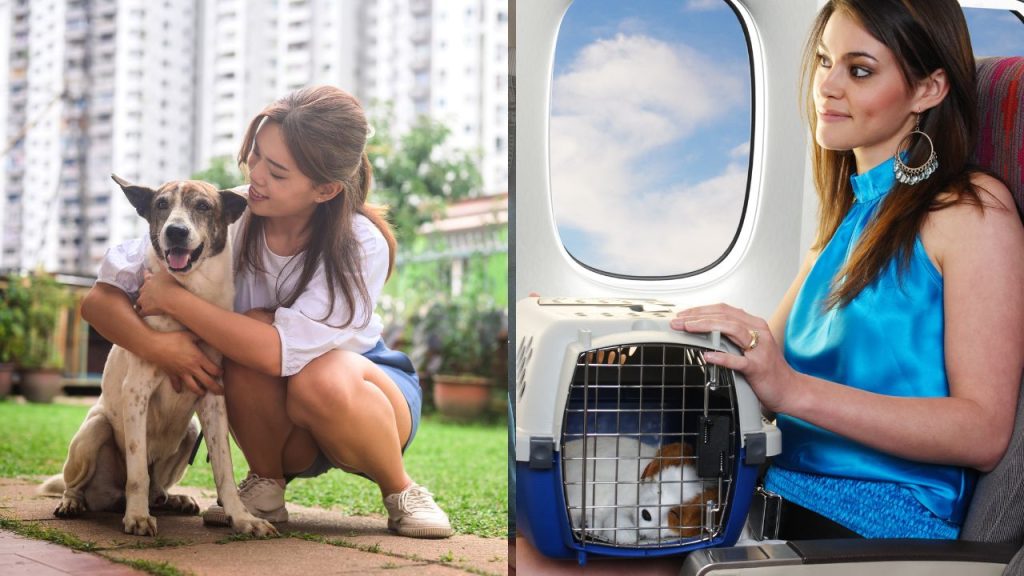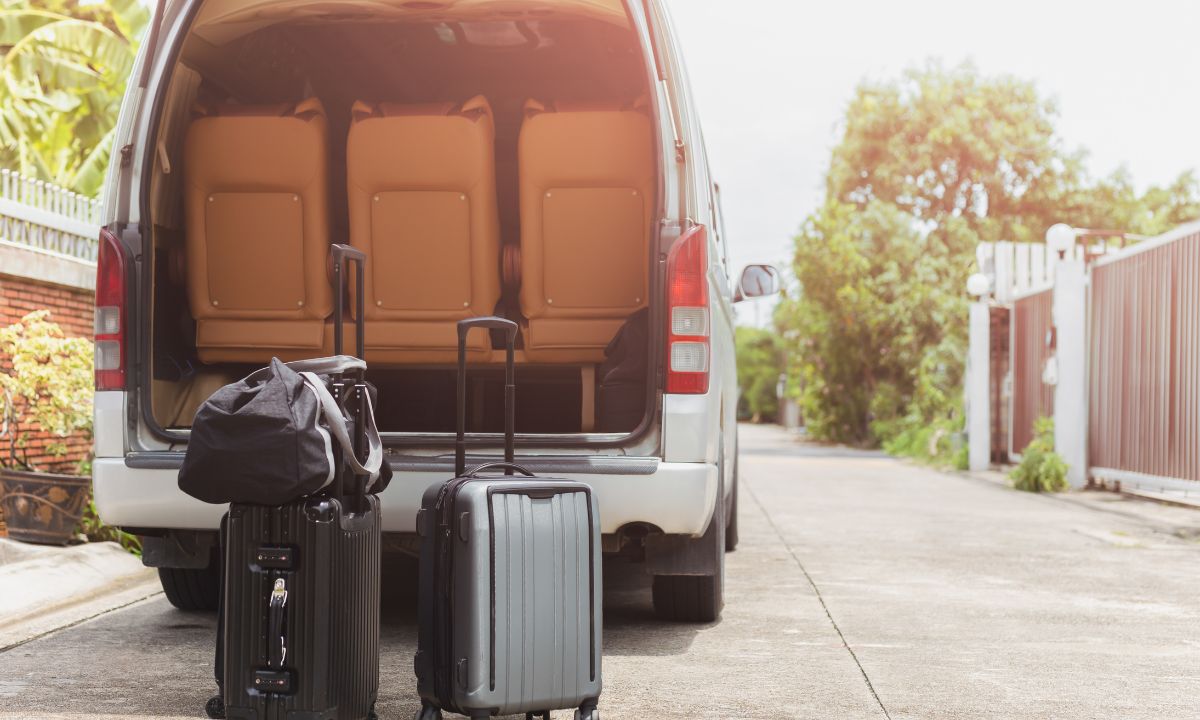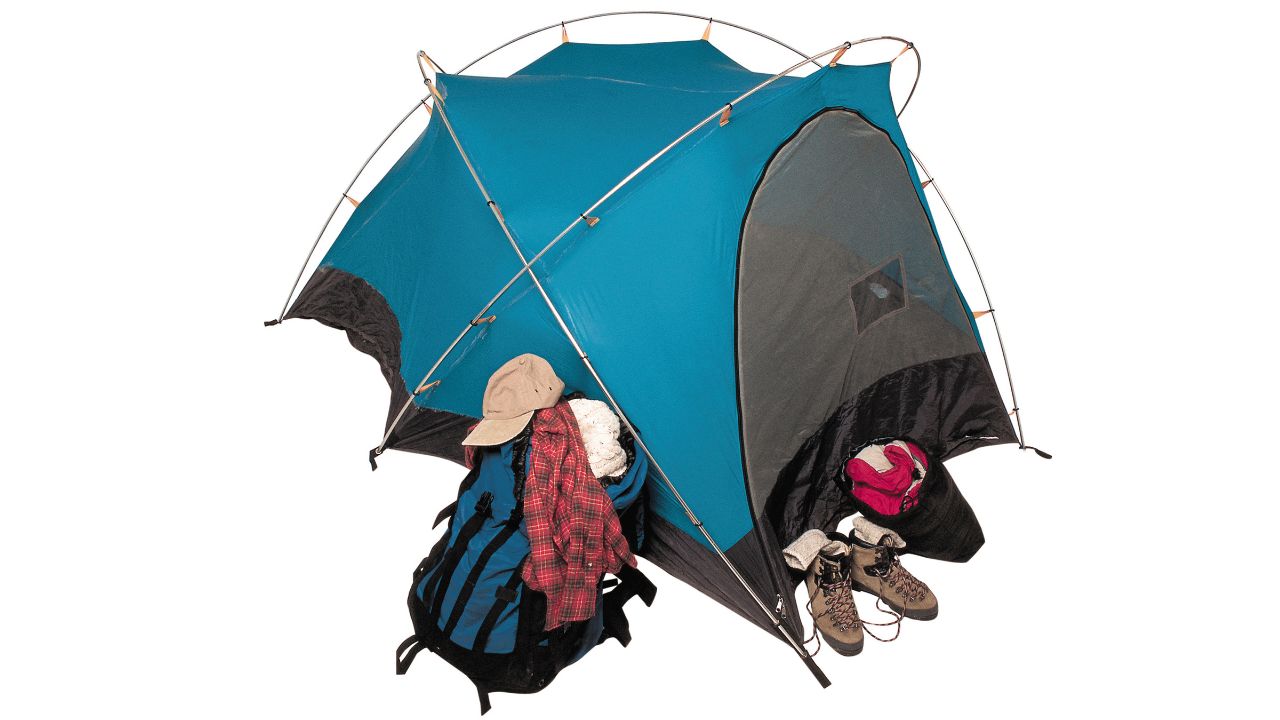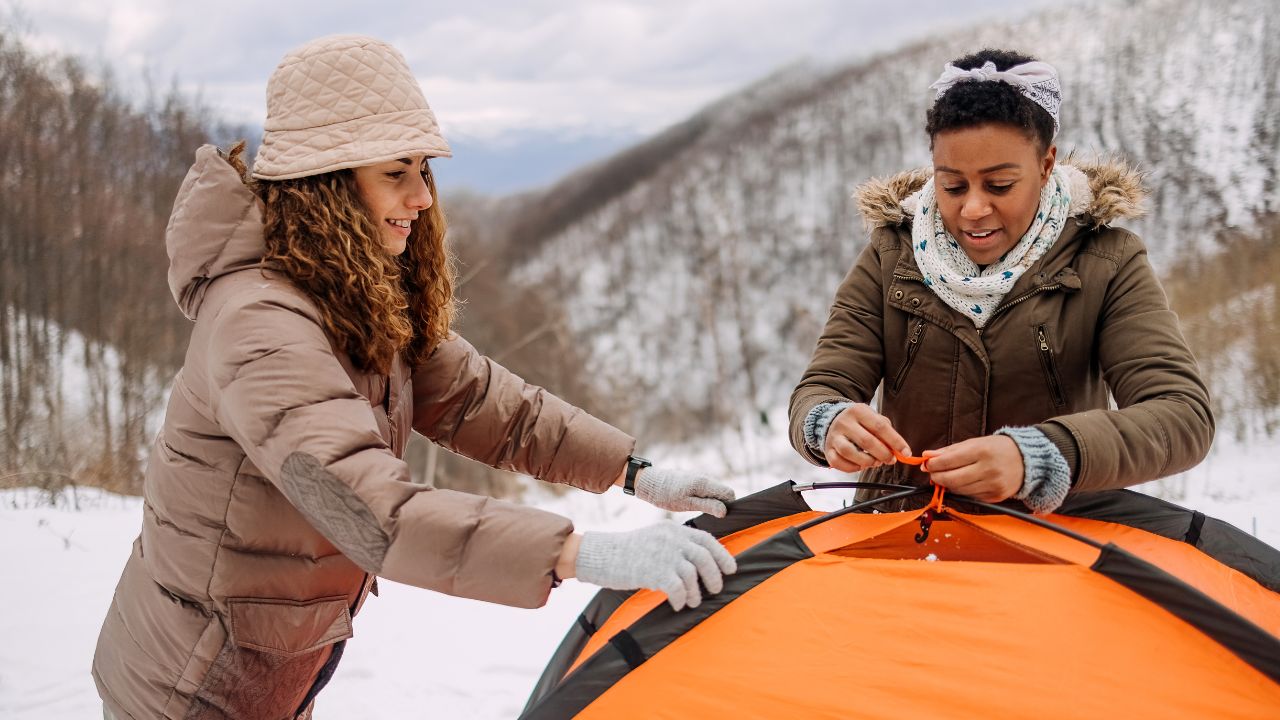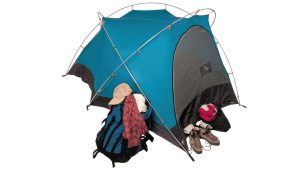Flying with pets is becoming increasingly common, but it requires thorough preparation and planning. From choosing the right airline to ensuring your pet’s comfort and safety, there are many steps involved to make sure your furry companion has a smooth journey. This guide breaks down everything you need to know about flying with pets, from choosing between the cabin and cargo hold to essential tips for reducing travel stress.
Choosing the Right Airline for Pet Travel
Not all airlines allow pets, and each has its own rules and restrictions. Some airlines permit pets only in the cabin, while others offer the option to place them in the cargo hold. Additionally, destination regulations vary, so it’s essential to research both the airline and destination requirements in advance.
For instance, some countries are stricter with pet entry, requiring vaccinations and health certificates. We advise booking well in advance to secure a spot for your pet, especially during busy travel seasons, due to limited pet slots on flights.
Cabin vs Cargo: Where Should Your Pet Travel?
When it comes to flying with pets, there are two options: in the cabin or the cargo hold.
1. In the Cabin: Small pets that can fit in a carrier under the seat in front of you are usually allowed in the cabin. However, weight restrictions apply, and the carrier must meet airline regulations. This option is generally less stressful for pets, allowing them to stay close to their owner.
2. In the Cargo Hold: Larger pets often have to travel in the cargo hold, a pressurized and climate-controlled area. If this is the case, confirm with the airline well in advance, as additional precautions may be required, such as a sturdy carrier with adequate ventilation.
Preparing for Your Pet’s Flight: Essential Tips

Flying can be stressful for pets, so the key is to prepare ahead. Here are some tips to make the journey safer and more comfortable:
1. Vet Visit and Health Documentation
Before flying, schedule a vet appointment to ensure your pet is fit to travel. The vet can check for health issues, administer necessary vaccinations, and issue certificates like the EU Pet Passport (for travel within the EU) or an EU animal health certificate (for non-EU countries).
Make sure to research documentation requirements for your destination, as they may differ by country.
2. Booking Early
Book early, especially if your pet will be traveling in the cargo hold, due to the limited space for pets on flights. Also, some airlines restrict certain breeds due to health risks, such as snub-nosed dogs prone to breathing issues.
3. Fly Direct Whenever Possible
Direct flights are less stressful for pets, avoiding multiple takeoffs and landings. Stopovers can be confusing and anxiety-inducing, especially for pets in the cargo hold, so prioritize direct routes.
Preparing the Pet Carrier
A suitable pet carrier is essential for safe travel. For pets in the cabin, the carrier should fit under the seat and allow your pet to stand, turn, and lie down comfortably. Pets in the cargo hold need a durable, hard-shell carrier. Make sure to:
- Label the carrier with your pet’s name and your contact information.
- Attach a recent photo of your pet for quick identification.
- Familiarize your pet with the carrier before the trip through short practice outings.
Packing Pet Essentials for the Trip

If your pet is traveling in the cabin, make sure to pack essentials to ensure their comfort during the flight.
- A familiar scent emanates from a chew toy or blanket.
- You can bring a portable water bowl and small snacks, as both carry-on and checked bags allow dry food.
- The airline may require a muffler and an additional collar.
- There is a potty pad inside the carrier, just in case
For pets in cargo, leave ice cubes in their water bowl to avoid spills, and attach a small bag of dry food to the carrier for emergencies during long flights.
Pre-Flight Tips for Reducing Pet Anxiety
Reducing your pet’s anxiety can make the flight easier for both of you:
- Exercise Beforehand: Take your dog on a long walk before heading to the airport. Helping them release energy may help them rest during flight.
- Avoid Feeding: Refrain from feeding your pet 5-6 hours before departure to prevent nausea. Limit water intake, but provide a small amount during the flight to prevent dehydration.
- Avoid Tranquilizers: Unless advised by your vet, avoid using sedatives, which can have adverse effects at high altitudes. Natural, vet-approved calming aids are an option.
At the Airport: Plan for Smooth Boarding
Arrive at the airport with ample time to manage pet check-in and any special requests. Ask airport staff if you can board early, especially if your pet is traveling in the cabin. Many airports now have pet relief areas; use them before boarding to ensure your pet’s comfort.
In-Flight Tips: Keeping Your Pet Comfortable
Once on the plane, ensure your pet is as comfortable as possible.
- For pets in the cabin, check their water supply and comfort items.
- For pets in cargo, airlines typically have a process to check on animals during layovers.
- During the flight, avoid opening the carrier or disturbing your pet excessively, as they may already feel anxious.
After the Flight: Decompressing and Settling In
Upon arrival, give your pet a chance to decompress, especially if they traveled in cargo. Find a pet relief area as soon as possible, and offer fresh water and a light meal. Allow your pet time to adjust to the new environment and reconnect with familiar smells and comforts.
Flying with a pet can be a challenging experience, but with thorough preparation, it can be a safe and manageable journey for both you and your furry friend. By following these steps, you can help ensure that your pet has a smooth, stress-free flight and arrives at your destination safe and sound.

